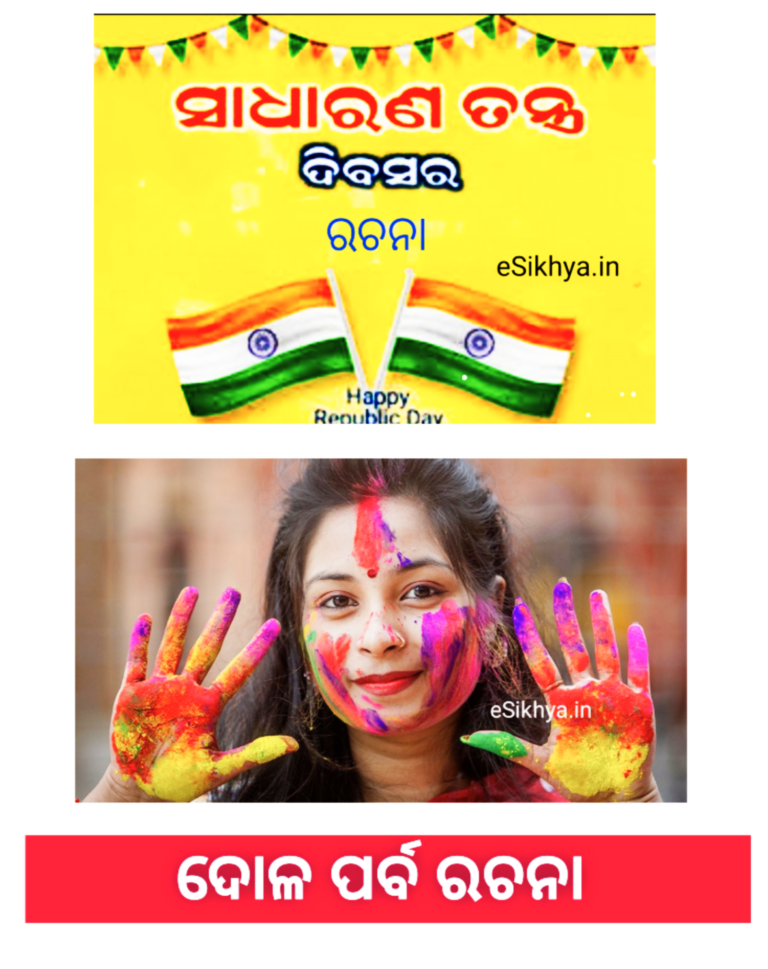A Book of Jugoslav Fairy Tales and Folk Tales* (1921) — The Public Domain Review
In terms of genre, the contents of The Laughing Prince run the gamut from “gay picaresque tales of adventure”, as Fillmore puts it in his introduction, to “charming little stories of sentiment”. Vilas — nymph-like creatures who are as beautiful as they are vengeful — make several appearances, as do angels who descend from heaven to grant prophetic dreams and put peasants’ virtue to the test. The moral arcs of the selections frequently trace a goodly protagonist’s social ascent from humble origins to peerless wealth after their moral purity wins them a royal’s hand in marriage. In “The Little Singing Frog”, a Frog Prince analogue, the titular character’s sweet voice catches the ear of a passing tsarevich, who is apparently undaunted by the amphibian appearance of the maiden who possesses it. His first impression is confirmed when the frog-girl is asked to bring a flower to the palace and selects a spear of wheat instead — evidence, as the tsarevich sees it, of his bride-to-be’s unsurpassable practicality. In another story, “The Girl in the Chest”, a young woman escapes the lair of a vampire by asking for God’s aid; a prince catches sight of her in the woods after she flees and falls instantly in love. As for what the prince’s father thought of his future daughter-in-law, a dowryless commoner who surely made an unsuitable match: “the girl was so modest and lovely that the king soon agreed to the marriage”. The air of bloodshed and menace that haunts the Grimms’ fairy tales is absent here; there is no scrape, it seems, that the characters of The Laughing Prince can’t get themselves out of by virtue of their piety and loveliness.
Source link


